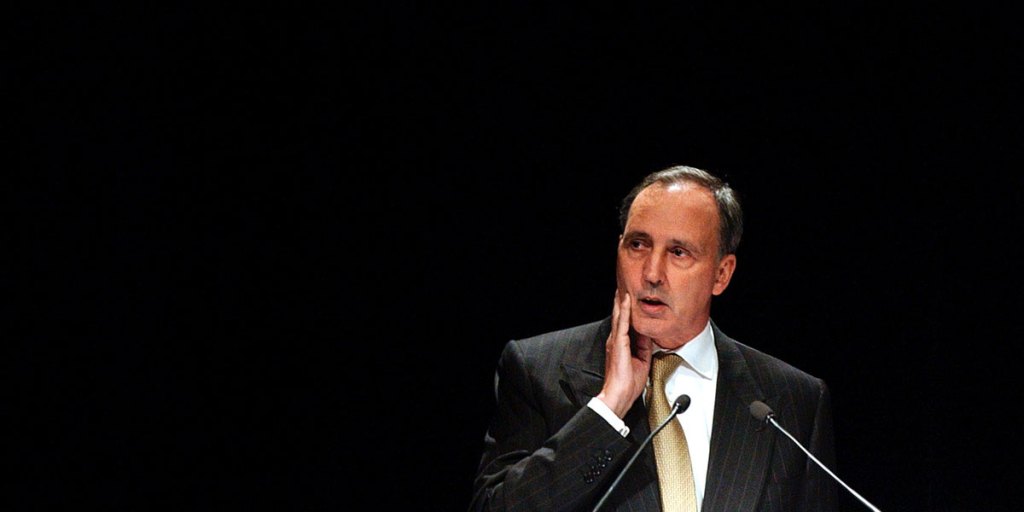SA unemployment nears “recession we had to have” level

South Australia’s unemployment has risen to levels not seen since the country fell into “the recession we had to have” more than two decades ago, an Adelaide labour economist has warned.
Dr Steven Barrett, from the University of Adelaide’s School of Economics, told InDaily that while Australian Bureau of Statistics data released yesterday showed state unemployment had fallen slightly month-on-month, the true number of people out of work was reminiscent of the 1990-91 recession.
“The discouraged worker effect seems to be outweighing the worker effect in South Australia and as a result the participation rate in South Australia is falling,” he said.
He believes SA’s real unemployment rate, factoring in the drop in the participation rate, was close to what it was in 1990 when our jobless rate hit 10.7 per cent.
“It’s back to the numbers of the recession in the early ‘90s,” he said.
You might like
“It’s really back to that level and it’s scary.”
Barrett added new data collections method introduced by the ABS early last year were producing conservative unemployment figures, meaning the news could be even worse.
“If we calculated properly we should be seeing 20 per cent not 10 per cent [unemployed].”
The figures show 66,400 South Australians were out of work last month and almost a fifth of women in SA had given up looking for work or were not working as many hours as they could.
Stay informed, daily
Barrett said what was of more concern was data that showed more South Australians were giving up on looking for work than seeking employment.
“The unemployment rate is a person rate of labour underutilisation based on a very narrow definition of employment,” he said.
SA’s underutilisation rate now sit at 17 per cent, seasonally adjusted, up from 16.8 per cent last month and is only slightly lower than Tasmania with 17.9 per cent, the highest in the country.
Just over 19 per cent of all SA women and 14.7 per cent of the state’s men who had previously been looking for work had given up or were not working the the hours they could.
According to ABS figures during the past four years, the number of Australians who stopped looking for work or who wanted full-time work but were not working full-time hours has gradually crept up, from 12.4 per cent in August 2011 to 14.4 per cent for August 2015.
Underutilisation calculates people who are not in the labour force, who did not look for work during the past four weeks but who wish and are available to work, as well as the underemployed who are full-time workers working less than usual during the survey and part-time workers who wanted but could not find full-time work.
In almost eerily similar circumstances, Australia in 1990 was coming off the mining boom of the 1980s when it was hit by the worst economic downturn since the Great Depression. Employment fell by 3.4 per cent and unemployment climbed 10.8 per cent.
When the national economic data showed the inevitable, then federal Treasurer Paul Keating uttered the now infamous phrase: “The first thing to say is, the accounts do show that Australia is in a recession. The most important thing about that is that this is a recession that Australia had to have.”









